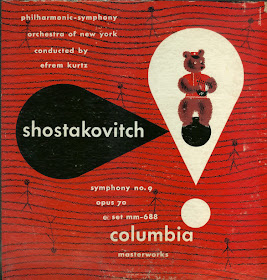Friedrich von Martens - 'La Seine, la rive gauche et l'ile de la Cite' 1845
Louis Daguerre, before he announced his (and Niepce's) invention of the Daguerreotype in 1939, was a decorator, a mirror manufacturer, a painter of stage illusions and the inventor of the Diorama.
Daguerre was a showman and his Diorama was a 24 foot wide revolving painting of a landscape. It would change, sometimes subtly and sometimes dramatically in front of a live paying audience. Before cinema this was a dramatic spectacle for the Parisian public - it was a Victorian IMAX cinema.
Panoramic painting has a long history including -
Panorama of a half section of Night Revels of Han Xizai, 12th century Song Dynasty painting

The death and funeral of Edward the Confessor, Detail of the Bayeux Tapestry 11th Century.
Portable Iconostasis, Moscow 17th Century.
Pablo Picasso - 'Guernica' 1937
Details from Rene Magritte's 'Enchanted Realm' 1953
Two different views of James Rosenquist's 'F111' 1965
NYC Subway Graffiti 1970's
Basquite
These images were on a huge scale and designed to tell a story. A panoramic image allows one image to show a greater field of view than the human eye (approximately 160° by 75°).
A photograph allows us to capture more detail in one go that the human eye can. By joining these images together (either as a photomontage, a joiner or within the mechanics of a camera) a huge amount of detail can be shown. This early link between photography and panoramic images would continue up until our own digital age.
In 1843 Joseph Puchberger from Austria created one of the first panoramic cameras which had a 150° field of view with an 8 inch focal length and was operated using a hand crank. It produced Daguerreotype, one of the earliest photographic types, up to 24 inches long.
Eadweard Muybridge - Panoramic Photograph of San Francisco 1877 (click here for a closer look)
Eadweard Muybridge Panoramic - details
Eadweard Muybridge would go on to experiment with taking a sequence of photographs that documented movement. These experiments would be a key element that lead towards the invention of cinema - in fact any moving image.
It is interesting that both Daguerre (who would invent a form of photography) and Muybridge (whose work influenced the invention of cinema) were both drawn to the panorama early in there career. It is their love of the unusual, novel and strange that led to their discoveries.
Quentin Shih 'The Stranger in the glass box'
Modern photography has the large scale of pre-photographic history paintings. Fashion, advertising and editorial photography all use large scale almost panoramic shots. Quentin Shih's images have this grand epic scale.Wang Qingsong - 'Follow Me' 2003
Photograph taken with the Sprocket Rocket
Panoramic image taken with the Lomo Spinner 360
The panoramic image taken by the Lomo Spinner distorts and bends the space in the image. It is reminiscent of the distortion in perspective used in German Expressionism. A panoramic image is also a type of joiner and can be created be connecting individual images together.
Panoramic Multiple Exposure 'Calhoun Square' by Magdalen Solinitzky
This can be done on a Holga - or any old medium format camera (see Matt Adamson's image below and tutorial here) or with digital images using Photoshop (see here).
From their simple find in an junk shop they have built an international business. In this digital age where modern cameras work as invisible technology the interest in analogue technology stays. Having a physical object in your hand, as opposed to a digital images must be part of this appeal.























































